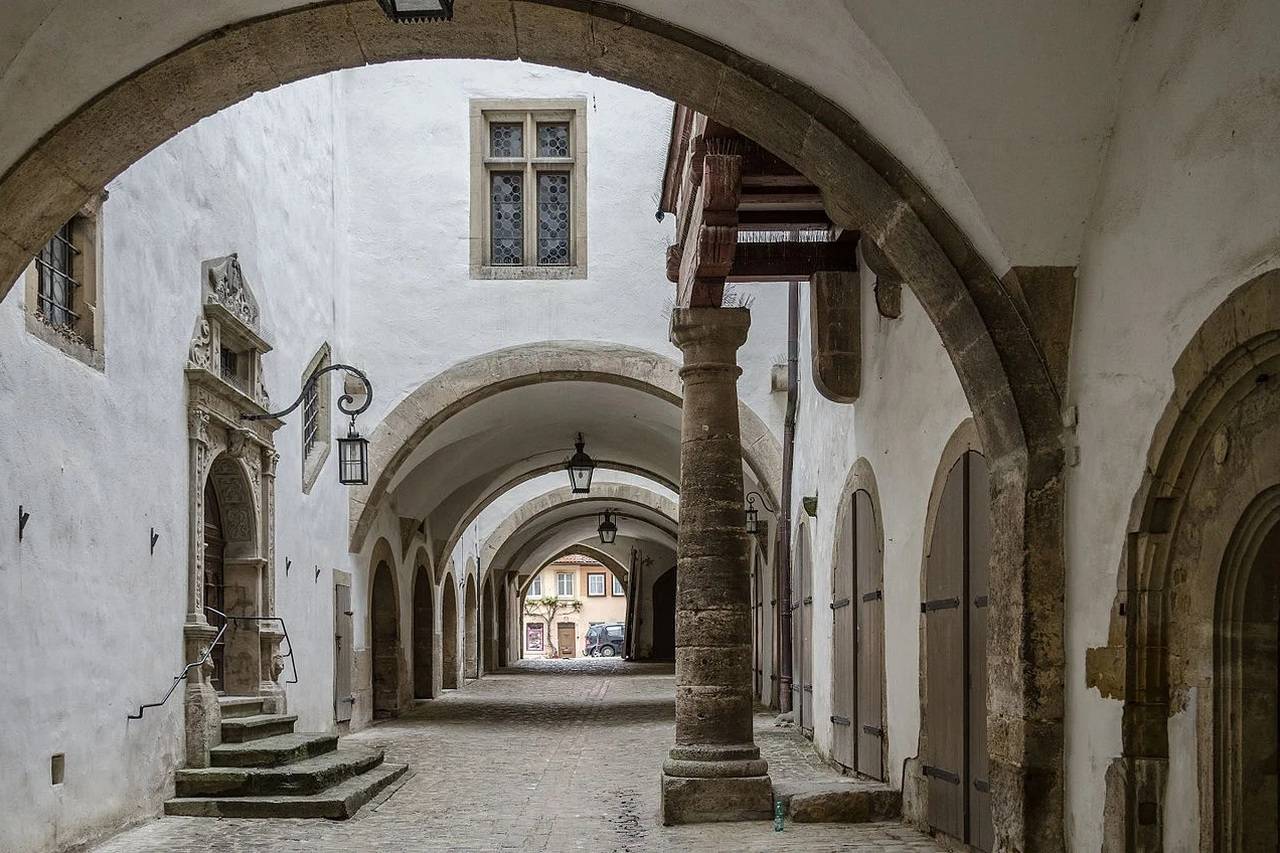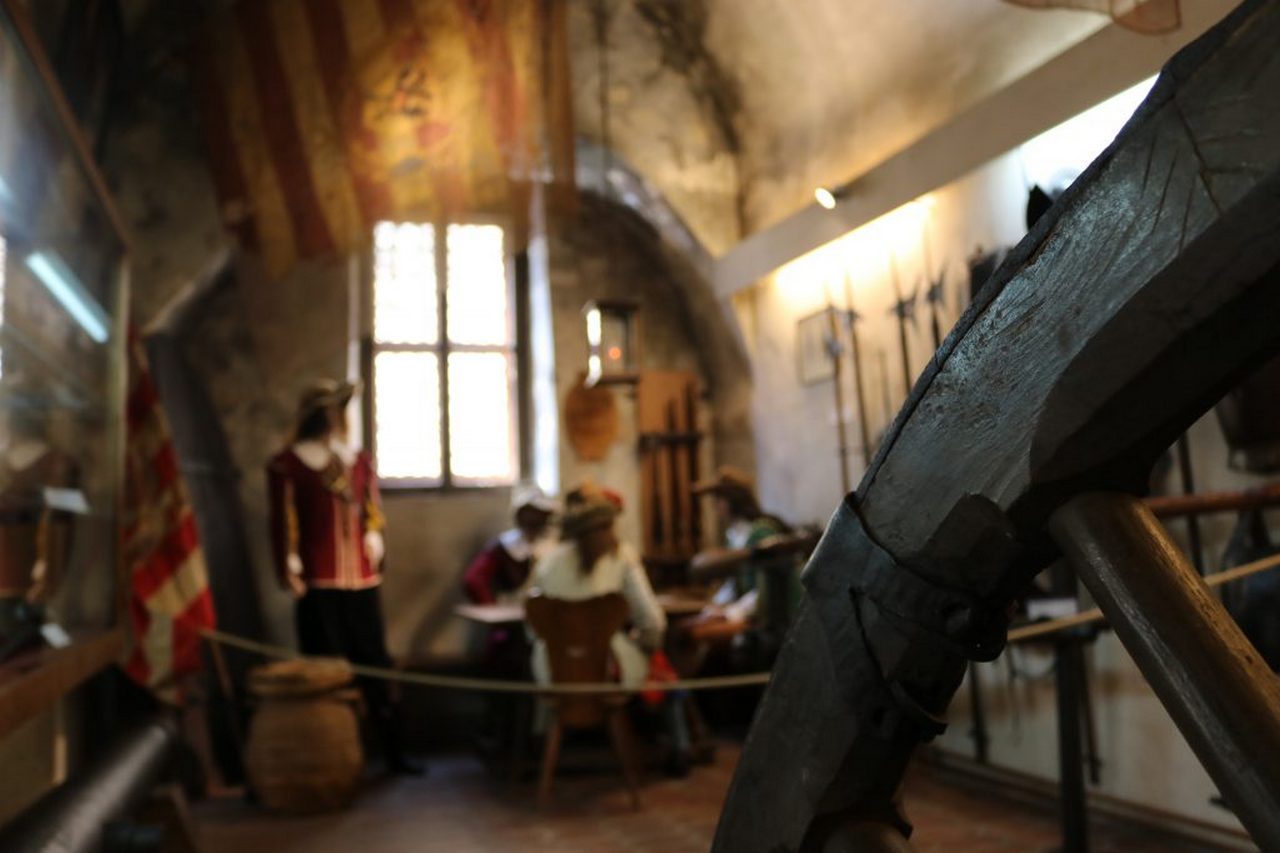Rothenburg ob der Tauber, a picturesque medieval town in Bavaria, Germany, holds a captivating piece of history within its walls. The Rothenburg Town History Museum in the Thirty Years' War is a testament to the city's tumultuous past during one of Europe's most devastating conflicts.
This small yet remarkable museum, established in 1966, offers visitors an immersive journey through time, showcasing the impact of the Thirty Years' War on Rothenburg and its inhabitants. From the conquest of 1631 to the strategies employed in defending the city, the museum paints a vivid picture of life during wartime. As you enter this historical treasure, prepare to be transported back to the 17th century, where tales of bravery, struggle, and resilience await.
Highlights
- Twelve authentic dungeons providing insights into a lansquenets guardhouse
- An impressive collection of weapons, military equipment, and original flags
- Detailed exhibits on the conquest of Rothenburg in 1631 and key historical figures
Contents
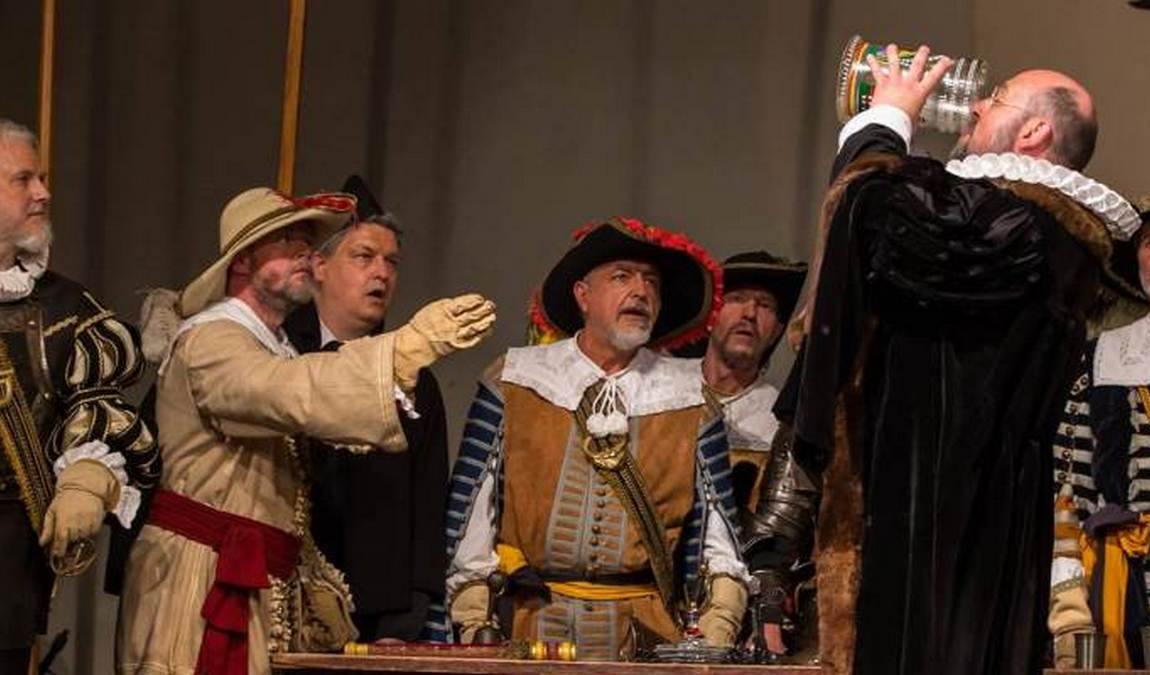 Photo: meistertrunk.de
Photo: meistertrunk.de
Here is Why Your Kids Will Find it Interesting
Children aged 8-14 will be particularly fascinated by the Rothenburg Town History Museum in the Thirty Years' War. The museum's interactive displays and engaging exhibits bring history to life in a way that captivates young minds. Kids can explore the dungeons, marvel at ancient weapons, and imagine themselves as brave city defenders. Rothenburg Town History Museum in the Thirty Years' War is worth visiting with kids because it offers a unique blend of education and entertainment, sparking their curiosity about the past through tangible artifacts and immersive experiences.
Family-friendly features
- Kid-friendly audio guide with simplified explanations
- Dress-up corner with period costumes for children
- Interactive quiz stations throughout the museum
The Museum's History and Location
Established in 1966, the Rothenburg Town History Museum in the Thirty Years' War has been educating visitors for over five decades. Located in the heart of Rothenburg ob der Tauber, the museum occupies a prime position at Marktplatz 1, making it easily accessible for tourists exploring the town's medieval charm. Its central location allows visitors to seamlessly incorporate the museum into their itinerary while discovering other historical landmarks in Rothenburg.
Exhibits and Collections
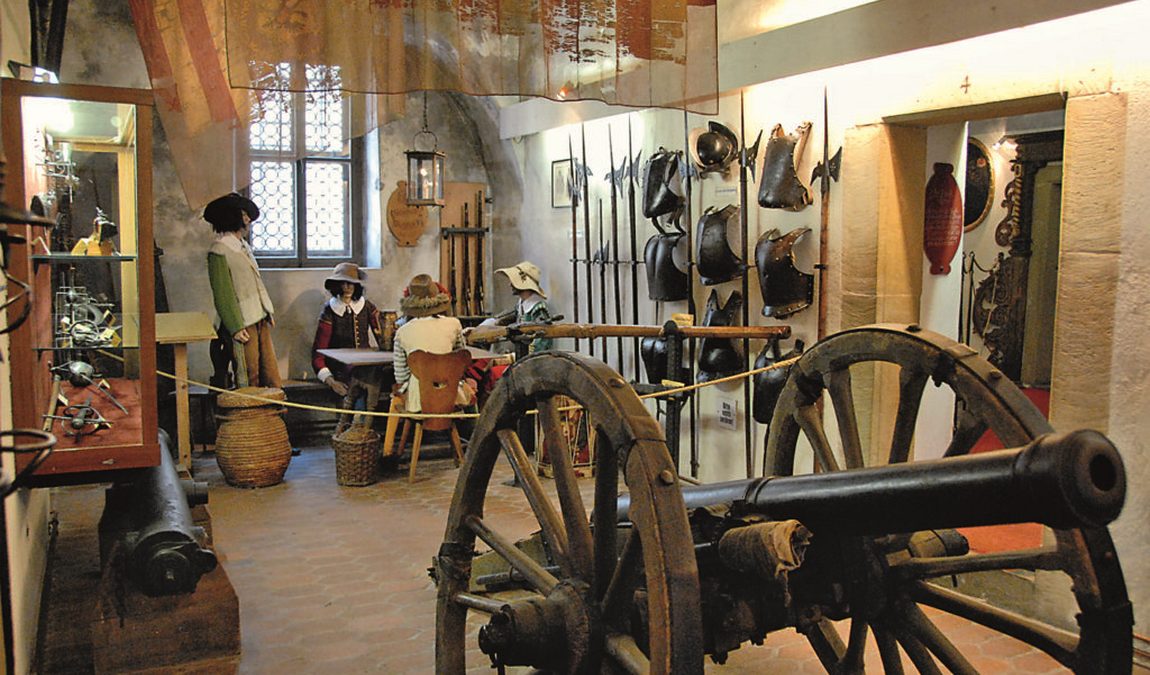 Photo: burg-colmberg.de
Photo: burg-colmberg.de
The museum's exhibits comprehensively examine Rothenburg's role in the Thirty Years' War, focusing on the city's conquest in 1631. Visitors can explore an impressive array of weapons and military equipment from the era, including:
- Muskets
- Cannons
- Swords
- Armor
One of the highlights is the display of original flags carried by Rothenburg troops during the conflict. These well-preserved banners provide a tangible link to the past and offer insights into the symbolism and heraldry of the time.
The Lansquenets guardhouse recreation is another standout feature, offering visitors a glimpse into the daily life of soldiers during the 17th century. This immersive exhibit showcases:
- Sleeping quarters
- Weaponry storage
- Guard posts
Key Historical Figures Featured
The Rothenburg Town History Museum dedicates significant attention to the prominent figures who played crucial roles in the Thirty Years' War, particularly as they related to Rothenburg's fate. The exhibits prominently feature General Tilly and the Catholic League, offering insights into his background, military career, and the strategies he employed during the siege of Rothenburg.
Equally important is the portrayal of King Gustav II Adolf of Sweden and the Protestant Union, detailing his involvement in the conflict and his impact on the balance of power in Europe. These comprehensive displays provide essential context for the broader religious and political struggles that defined the Thirty Years' War, enabling visitors to grasp the complex motivations driving the conflict. By presenting these key historical figures and their actions, the museum offers a nuanced understanding of the war's far-reaching consequences and specific impact on Rothenburg.
RothenburgMuseum (Imperial City Museum) is just 300 metres from this museum. We recommend it to visit with school-aged children.
The Twelve Dungeons
 Photo: meistertrunk.de
Photo: meistertrunk.de
The Twelve Dungeons stand out as one of the most captivating features of the Rothenburg Town History Museum. These subterranean chambers offer visitors a unique and immersive experience, providing profound insights into Rothenburg's military history during the Thirty Years' War. As guests descend into these well-preserved spaces, they encounter information about fortification techniques, prisoner-holding areas, and weapon storage facilities from the 17th century.
Each dungeon tells its own story, revealing different aspects of the city's preparedness for conflict and the grim realities of warfare during this tumultuous period. The atmospheric surroundings give visitors a tangible sense of the city's military readiness and the harsh conditions soldiers and prisoners face. From the damp stone walls to the dim lighting, every detail contributes to a chilling yet educational experience.
As visitors explore these underground chambers, they can almost feel the weight of history pressing upon them, offering a visceral connection to Rothenburg's past. The dungeons not only showcase the city's defensive capabilities but also provide a sobering glimpse into the treatment of prisoners during wartime, adding a human element to the broader historical narrative. This museum section is a powerful testament to Rothenburg's resilience and the challenges its inhabitants face during one of Europe's most devastating conflicts.
Rothenburg's Defense in 1631
A significant portion of the museum is dedicated to Rothenburg's defense strategies during the siege of 1631. Exhibits detail:
- Tactical planning by city leaders
- Fortification improvements
- Civilian involvement in defense efforts
Interactive displays and dioramas help visitors understand the challenges faced by the city's defenders, including:
- Limited resources
- Overwhelming enemy forces
- The threat of disease and starvation
This section of the museum brings to life the desperate struggle of Rothenburg's citizens to protect their homes from invading forces.
The Imperial Dungeon
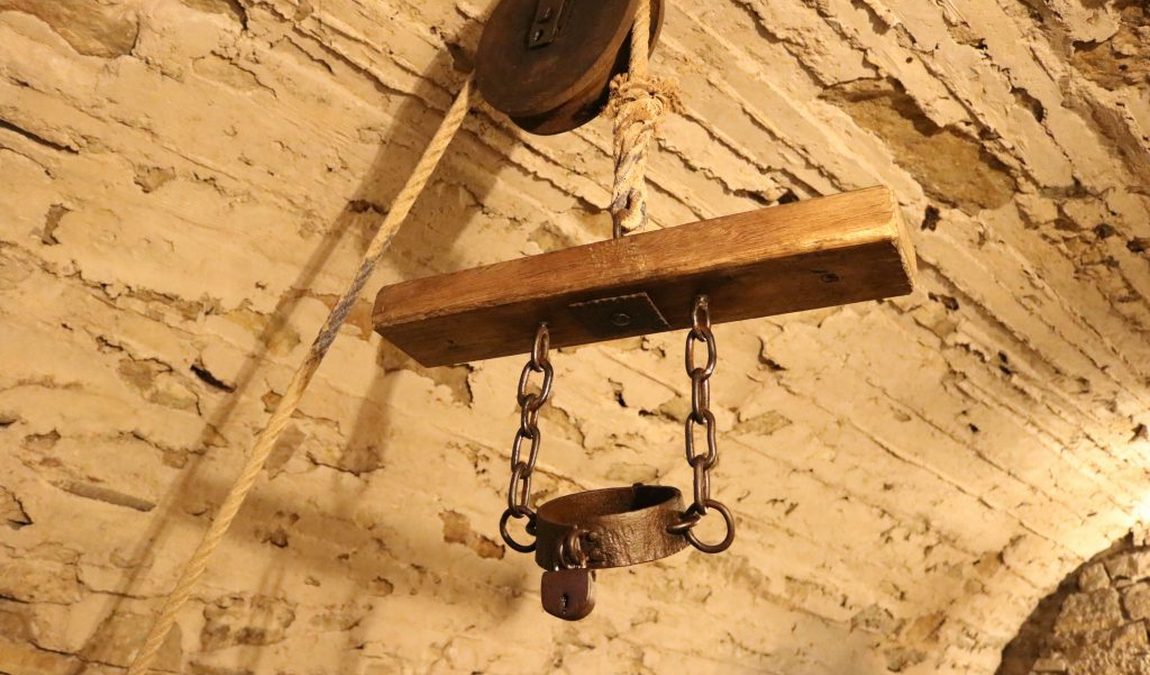 Photo: meistertrunk.de
Photo: meistertrunk.de
Connected to the main museum, the Imperial Dungeon offers a sobering look at Rothenburg's oldest prison. This well-preserved site includes a guardhouse, a torture room, and three jail cells.
Visitors can explore these spaces, gaining insights into the harsh conditions faced by prisoners in medieval and early modern times. The dungeon's exhibits include replicas of torture devices, information on judicial practices of the era, and personal stories of notable prisoners.
This section of the museum starkly contrasts the military focus of other exhibits, offering a more complete picture of life in Rothenburg during the Thirty Years' War.
Interactive Experiences
To enhance visitor engagement, the museum offers several interactive experiences:
- Audio guides available in multiple languages
- Historical reenactments during peak seasons
- Hands-on exhibits allow visitors to handle replicas of period items
These features make the museum accessible to visitors of all ages and backgrounds, ensuring everyone can connect with Rothenburg's rich history.
Best Time to Visit
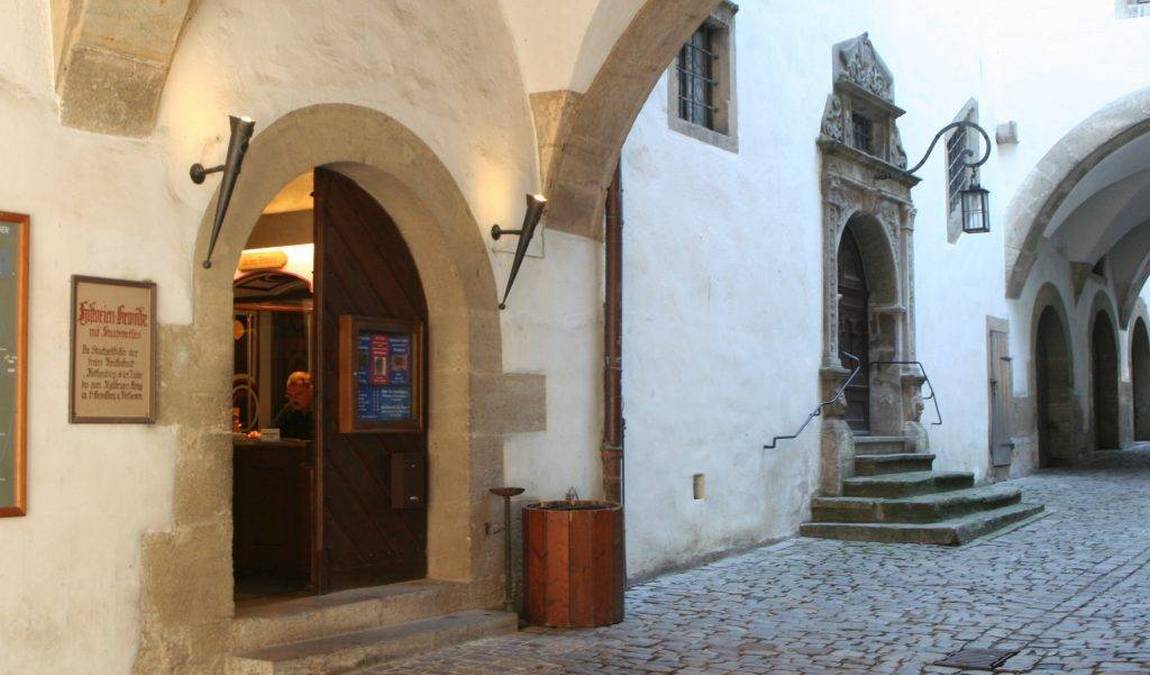 Photo: meistertrunk.de
Photo: meistertrunk.de
The best time to visit the Rothenburg Town History Museum in the Thirty Years' War with children is during the summer months (June-August) when special family-oriented programs are often offered. Weekday mornings tend to be less crowded, providing a more relaxed experience for families. The museum is typically less busy during shoulder seasons (April-May and September-October).
Recommended Duration: A thorough visit typically takes 1.5 to 2 hours.
Our Recap
The Rothenburg Town History Museum in the Thirty Years' War offers history enthusiasts and families a unique and immersive experience. Its comprehensive exhibits, interactive displays, and authentic artifacts vividly portray Rothenburg's role in one of Europe's most significant conflicts. The museum's central location and family-friendly features make it an essential stop for anyone visiting this charming medieval town.


